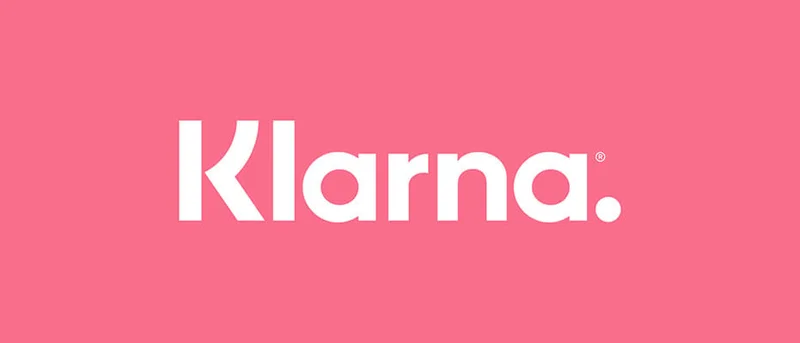XLM Insight | Stellar Lumens News, Price Trends & Guides
XLM Insight | Stellar Lumens News, Price Trends & Guides
A sponsored media placement appeared on October 18, 2025, detailing a week in the financial life of a 23-year-old content creator named Ayana Hyman. In this "Money Diary," titled I’m A 23-Year-Old LA-Based Content Creator & I Spent $532 In A Week, Hyman documents $532 in transactions, many of them facilitated by her Klarna Card. The central thesis of the piece, as articulated by its subject, is that the service makes its users feel "empowered and in control of their spending."
This is a fascinating claim. It’s a qualitative statement about a quantitative process. The narrative positions a Buy Now, Pay Later (BNPL) service not as a credit instrument, which it objectively is, but as a tool for financial discipline. Hyman notes that breaking purchases into smaller, installment-based payments felt "easier" and gave her a sense of control, a sentiment she’s held since using the service in college.
From an analytical perspective, this curated anecdote is a perfect data point—not for understanding consumer finance, but for understanding financial marketing in the 2020s. The language is deliberate. "Empowerment" and "control" are emotionally resonant words that stand in stark contrast to the traditional vocabulary of debt: liability, obligation, interest, and risk. The entire exercise appears engineered to reframe the concept of taking on debt for discretionary consumption as a savvy, modern form of budgeting. But is a feeling of control the same as having actual control?
The core mechanism of Klarna, and BNPL services like it, is the disaggregation of a single liability. A $200 purchase is not presented as a $200 liability; it is reframed as four "easy" payments of $50. The psychological friction of the larger number is smoothed over. Hyman’s own words confirm this is the intended effect. This is less a financial innovation and more a masterclass in user interface design applied to behavioral psychology.
This is where the narrative of "control" begins to break down under scrutiny. The Klarna Card, in its current iteration, can function as a standard debit card or as a portal to these pay-later plans, which are issued by WebBank. This dual-functionality is a brilliant piece of financial engineering. It’s a kind of financial Trojan Horse. The user adopts the card for its utility as a standard payment tool (it's accepted almost anywhere Visa is), but the credit-issuing mechanism is always there, a single tap away in the app.
I've looked at hundreds of financial product rollouts, and this seamless integration of micro-credit into a debit-like form factor is a particularly clever piece of architecture. It normalizes the act of financing small, everyday purchases. The previous model, limited to specific merchants at checkout, required a conscious decision to use BNPL for a particular high-ticket item. The card, however, embeds that decision into the daily routine of buying a coffee or a sandwich.

This brings up a critical question that the sponsored diary conveniently ignores: How does the application’s interface present aggregate liability? When a user has five or six of these small payment plans running concurrently, does the home screen display the total outstanding debt—say, $475—in bold, or does it emphasize the small, manageable upcoming payments of $15 here and $25 there? My hypothesis is the latter. The entire system is designed to direct the user’s focus away from their total balance sheet and toward their immediate cash flow. It’s like trying to drive a car by looking only at the tachometer instead of the speedometer. You’re focused on the engine’s effort, not your actual velocity.
The expansion of the Klarna Card to be used virtually anywhere (with some exceptions for specific merchants and virtual card limitations) is the most significant strategic variable in this entire equation. It represents a fundamental shift in the target market for BNPL. No longer is this just for a $600 mattress or a $400 coat; it’s now for the $532 a young person might spend in a week on food, clothes, and ride-shares.
The sponsored article is, therefore, a signal. It’s an announcement that the addressable market is no longer just e-commerce big-ticket items, but the entirety of a consumer’s discretionary spending. The company is moving from being a checkout option to a primary wallet-share competitor.
The data presented in the article is a perfect example of a numerator without a denominator. We see Hyman’s spending of $532—well, to be more exact, her transacting of $532. We have no visibility into her income, her savings rate, or her total outstanding debt across all sources. We don't know what percentage of that $532 was paid immediately versus what was converted into an installment plan. Without this context, the number is meaningless as a financial indicator. It’s pure narrative.
This is the core discrepancy. The user is offered a feeling of control over individual transactions, while the system itself is designed to maximize the volume and frequency of those transactions. The feeling of "empowerment" is a feature, a carefully calibrated output of the system. But what is the system being optimized for? Is it the user’s long-term financial health, or is it the total transaction volume flowing through Klarna’s (and its partner bank’s) ecosystem? The data suggests the latter.
Ultimately, the Klarna "Money Diary" isn't a story about a person's finances. It's a marketing asset designed to promote a specific mental model of spending—one where the immediate psychological cost of a purchase is minimized. The product isn't just a card; it's a carefully constructed user experience that re-contextualizes debt as a simple budgeting feature. The feeling of control isn't a happy byproduct of the service; it is the primary product being sold. The real innovation here isn't in banking technology, but in applied behavioral finance. They haven't built a better bank; they've built a more effective way to obscure the long-term consequences of short-term spending decisions.